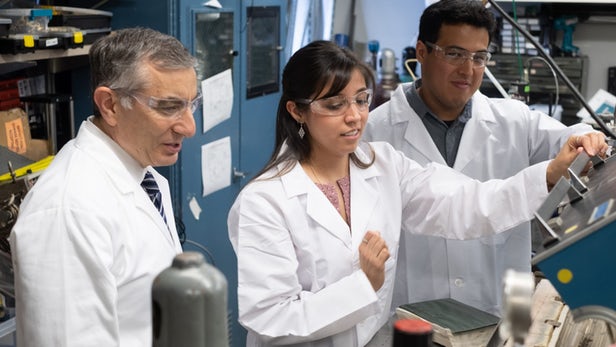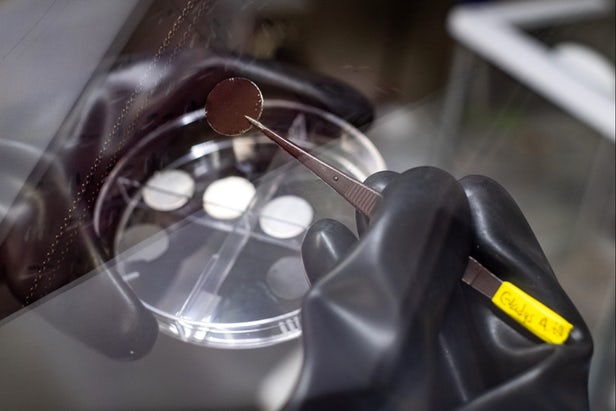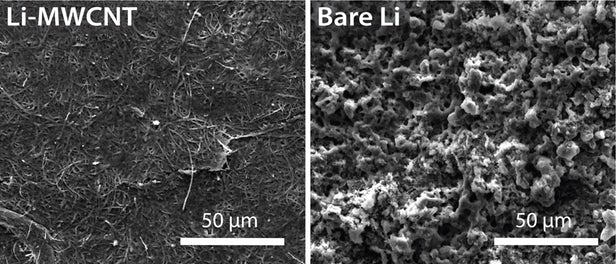
Battery researchers are fighting battles on many fronts in their efforts to advance our energy capabilities, and one of those centers on dangly tentacles of lithium called dendrites. These form as a battery charges and quickly degrade their capacity, so scientists are coming at them from all angles in attempts to quash them. New research out of Rice University describes yet another promising possible solution, by working a thin film of carbon nanotubes into the battery design as as way of drowning them out.
Dendrites are microscopic fibers of lithium that form on the anode of lithium-based batteries as they are charged. These become sharp needle-like structures that can pierce the battery’s separator and cause it to short circuit, sometimes even resulting in the battery catching fire. One way to restrict their growth is to limit the charge rate of the battery, but with lithium-metal batteries promising much faster charging times and as much as 10 times the capacity of the lithium-ion batteries used widely today, scientists are keen to address the problem.
We have seen experimental versions designed to limit dendrite growth by using Kevlar nanofibers or the potential for entirely new kinds of electrolytes, the chemical solution that carries a battery’s charge. In fact, last year the same group of Rice University researchers developed a lithium-metal battery made with asphalt that demonstrated faster charging times, as well as a heightened resistance to dendrite formation.

The team has now taken another step forward by bringing a film made of carbon nanotubes into the mix. This is used to coat the lithium metal anode of the battery, and serves to more effectively drown out the dendrites, kind of like throwing mulch onto a garden bed as a form of weed control. Except this film soaks up lithium ions from the anode and distributes them during charging, all without affecting the charging rates themselves.
“The role of carbon nanotube film is to distribute the lithium deposition, helping to create a smooth layer of lithum with no dendrites,” study co-author Rodrigo Salvatierra tells New Atlas. “In that sense, the carbon-nanotube modification does not limit these batteries to slow charging rates. In fact, high rates can be applied for both charge and discharge.”

In integrating this new component into the asphalt-lithium metal battery developed last year, the Rice researchers found the film prevented dendrite growth over 580 charging cycles. During this time, the battery’s cells maintained 99.8 percent of their coulombic efficiency, and the finished product should also be a littler easier to construct, as Salvatierra explains.
“This works differently from the asphalt-particles in several aspects,” he says. “First, we are using a thin carbon nanotube film to modify a solid lithium metal foil, therefore the lithium metal foil and carbon nanotube film are ready to go in a battery. In the asphalt-derived electrodes, lithium metal had to be electrochemically deposited over the particles before the use in the full battery device.”
Salvatierra also tells us that this new anode can store three to five times more charge than commercially available versions, and that a fully charged version was stored for a month with “negligible charge loss,” which bodes well for its potential use as a long-term energy storage solution.
The team’s research was published in the journal Advanced Materials.
Source: Rice University
If you have more questions, please contact me with:
kevin@newarebattery.com
https://www.linkedin.com/in/neware-battery-tester/
Comments are closed.






